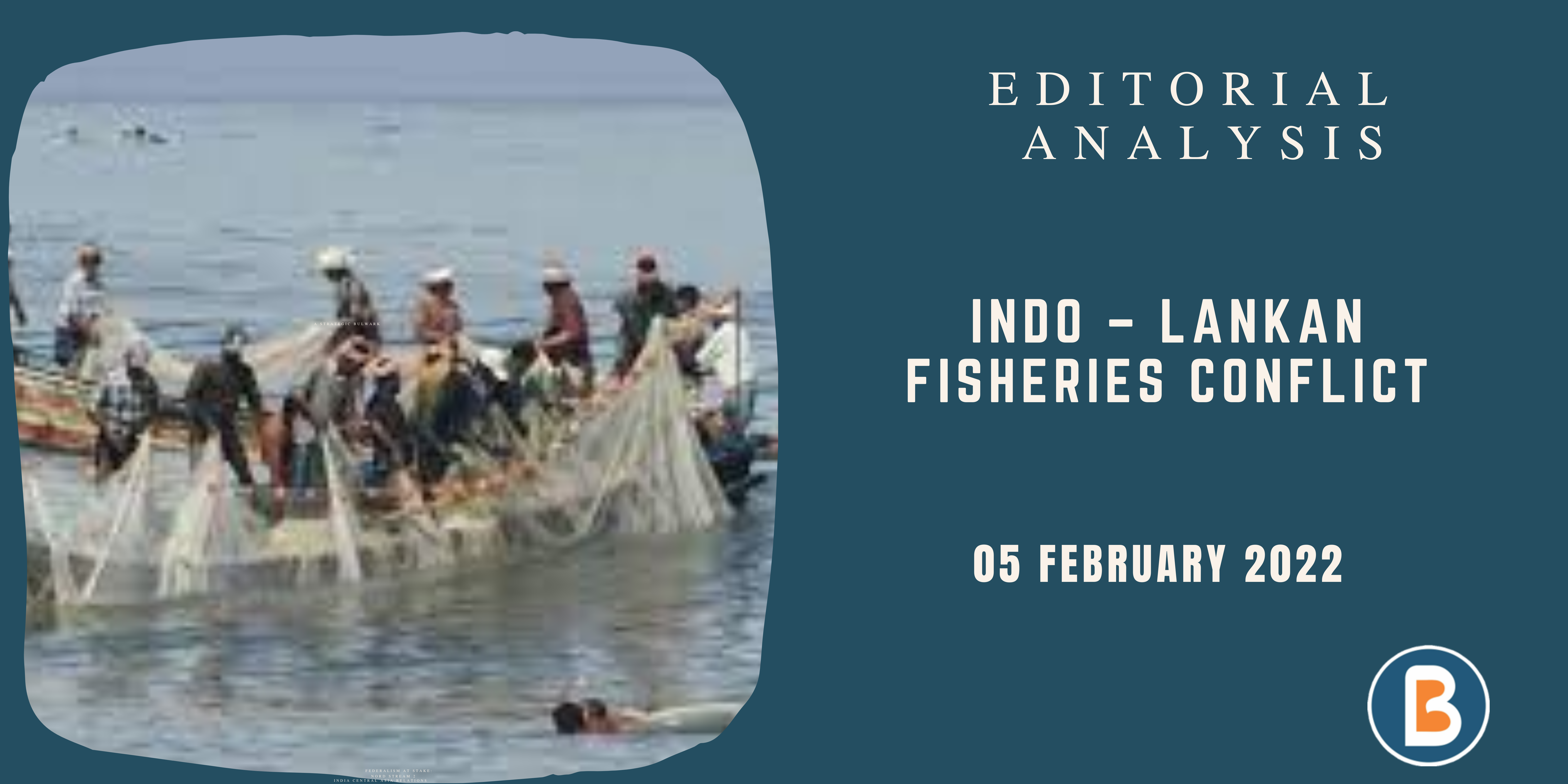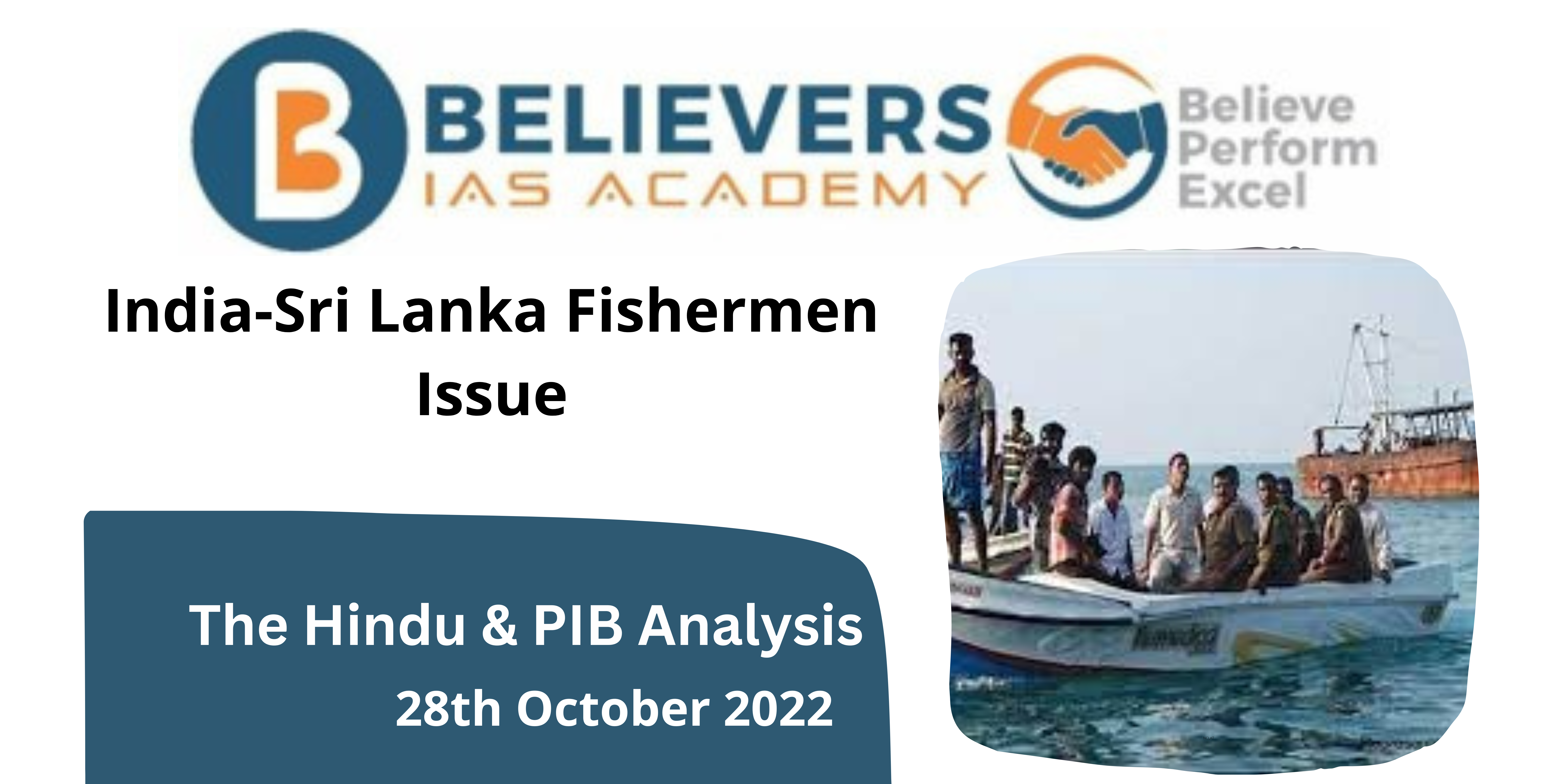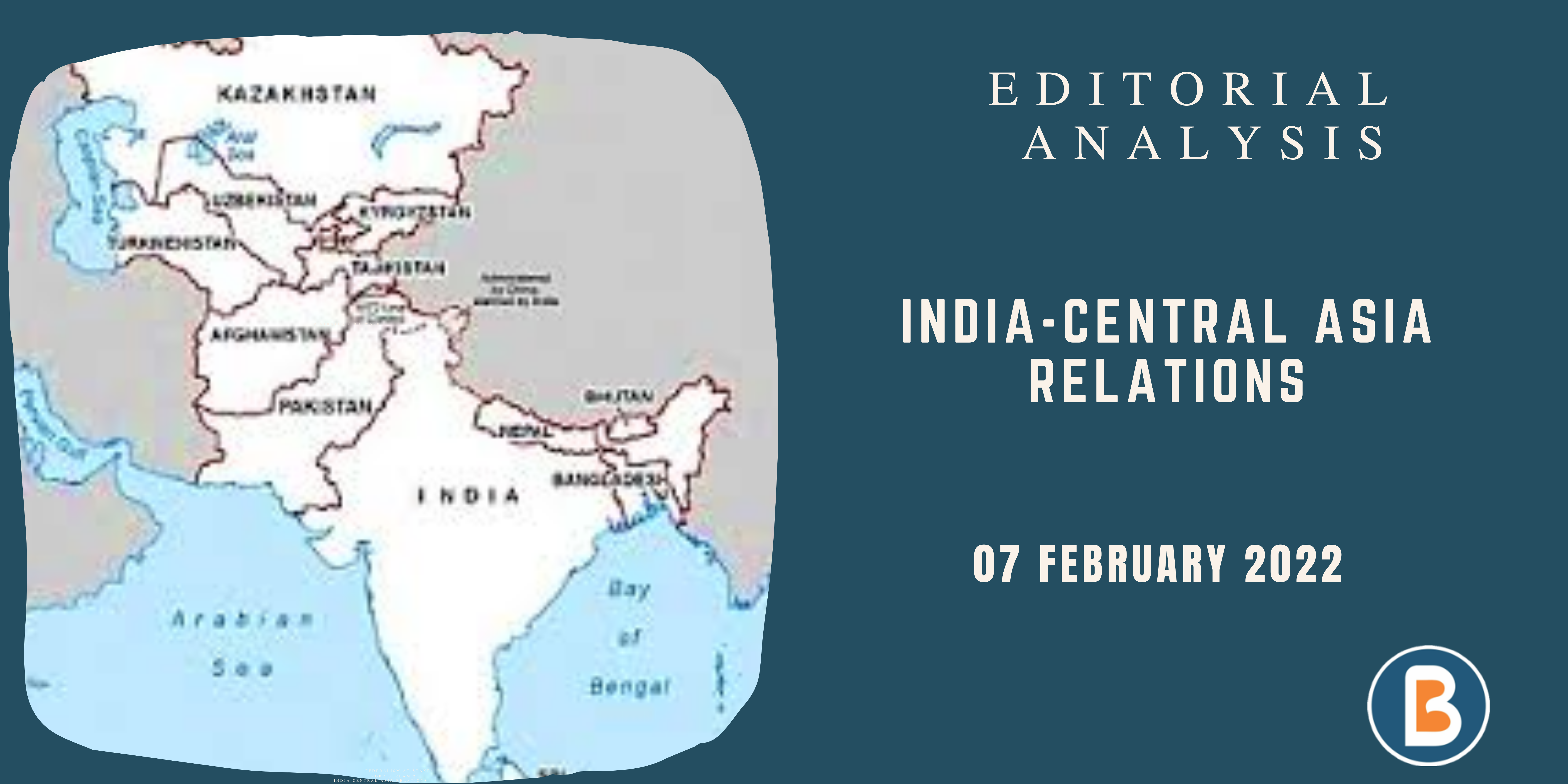Indo – Lankan Fisheries Conflict
Context:
- Scores of northern Sri Lankan fishermen on Thursday took to the streets, blaming Indian fishermen for the recent death of two Jaffna fishermen “in a clash” at sea.
- The agitating fishermen protested the continuing use of the bottom trawling fishing method by Indian fishermen, “ravaging” their seas.
Background:
- Bottom trawling, an ecologically destructive practice, involves trawlers dragging weighted nets along the sea-floor, causing great depletion of aquatic resources.
- Bottom trawling captures juvenile fish, thus exhausting the ocean’s resources and affecting marine conservation efforts.
- This practice was started by Tamil Nadu fishermen in Palk Bay and actively pursued at the peak of the civil war in Sri Lanka.
History:
- Both Indian and Sri Lankan fishermen have been fishing into the Palk Bay area for centuries.
- Palk Bay is a semi-enclosed shallow water body between the southeast coast of India and Sri Lanka.
- Problem emerged only after a maritime agreement was signed by India and Sri Lanka in 1974.
- In fact, initially the 1974 border agreement did not affect fishing on either side of the border.
- In 1976, through an exchange of letters, both India and Sri Lanka agreed to stop fishing in each other’s waters.
- In 1974 and 1976 treaties were signed between the two countries to demarcate the International Maritime Boundary Line (IMBL).
- The treaties also ended up making the Palk Strait connecting India and Sri Lanka a ‘two-nation pond’, under the relevant United Nations Convention on the Law of the Sea (UNCLOS) rules to the exclusion of all third nations.
- Simply put, the bilateral arrangement bans international fishing and shipping.
- However, the agreement could not stop the fishermen from fishing in these waters, as fishermen know no boundary.
- Despite the signing of maritime boundary agreements, fishermen communities of both the countries continued their fishing in the Palk Bay area peacefully until the Eelam war broke out in 1983.
- Nonetheless, after the end of War in 2009, the Sri Lankan fishermen have been raising their objection to Indian fishermen fishing in their waters.
Deep-sea fishing plan
The solution to the bottom trawling issue lies in transition from trawling to deep-sea fishing.
- The activity of catching fish that live in the deep parts of the sea/ocean is called deep-sea fishing.
- The boats are designed in such a way that fishermen get access to the deeper parts of the ocean and fish species.
- It is practiced worldwide, especially in the coastal areas with no ecological damage.
- The depth of water should be at least 30 meters to be considered a deep sea fishing zone.
Way Forward:
- Ultimately, the solution lies in the transition from trawling to deep sea fishing.
- Ultimately, the solution lies in the transition from trawling to deep sea fishing.
- An appropriate response from Tamil Nadu would be to expedite the conversion of its trawlers to deep sea fishing vessels, and not merely condemn Sri Lanka.
- Besides the fisheries conflict, they need to discuss marine conservation, thus giving equal importance to protecting livelihoods and sustainable fishing.
Source: THE HINDU.




